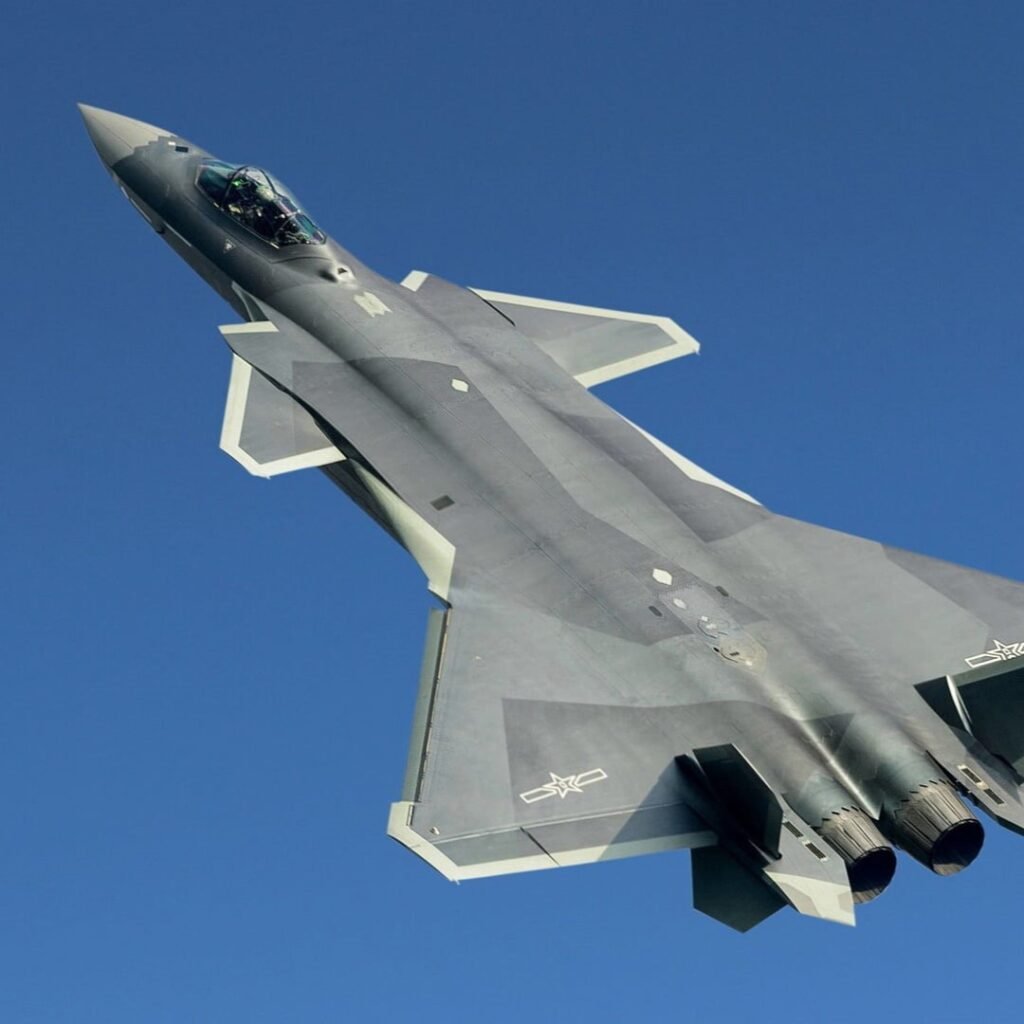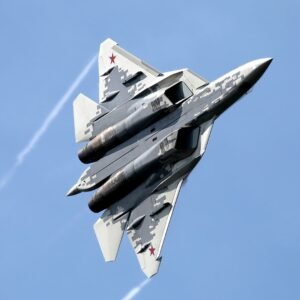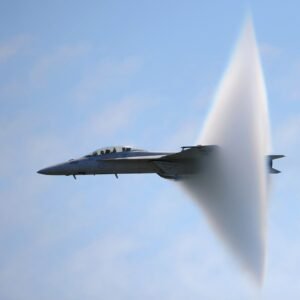Introduction
The Chengdu J-20 fighter, also known as the “Mighty Dragon,” is a fifth-generation stealth fighter aircraft developed by the Chengdu Aircraft Industry Group, which is a subsidiary of the state-owned Aviation Industry Corporation of China (AVIC).
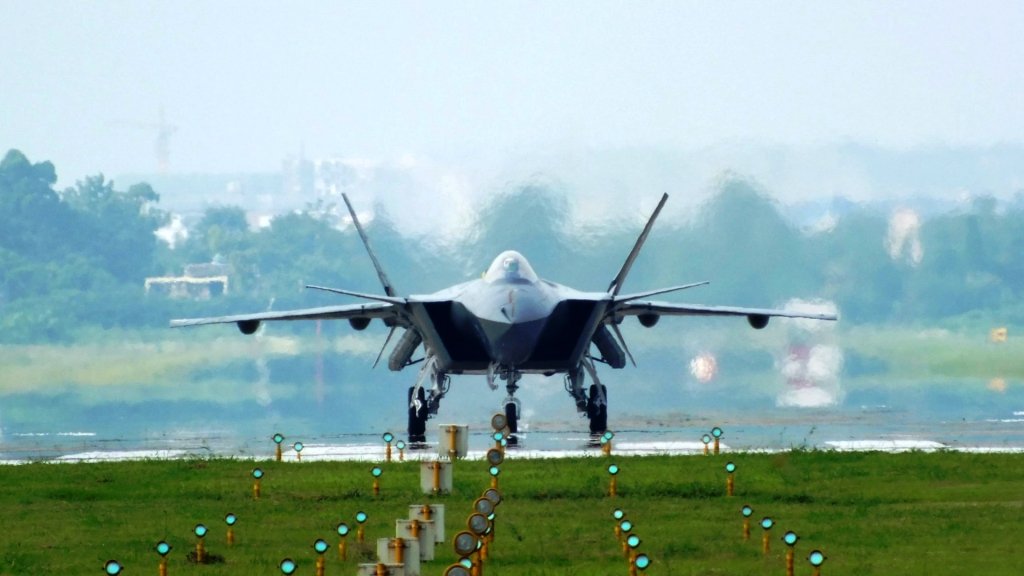
The J-20’s development started in the late 1990s, and the first prototype was reportedly completed in 2011, with the aircraft flying for the first time in November of that year. In 2017, the People’s Liberation Army Air Force (PLAAF) accepted the J-20 into service.
The J-20 is part of China’s efforts to modernize its military and become a more dominant military power in the Asia-Pacific area. The J-20 is intended to contend with advanced fighter aircraft such as the US F-22 Raptor and F-35 Lightning II, and it is thought to have advanced stealth capabilities as well as the ability to launch long-range strikes.
Design and Development
The design and development of the Chengdu J-20 fighter began in the late 1990s, with the goal of creating a stealth fighter aircraft that would be capable of competing with this fighter jet are most advanced and stealthy fighter aircraft worldwide.
The development process was shrouded in secrecy, and few details about the J-20 were released to the public until its first public flight demonstration in 2011. However, it is known that the aircraft was designed using advanced computer modeling and simulation techniques and that it underwent extensive testing and refinement before it was deemed ready for production.
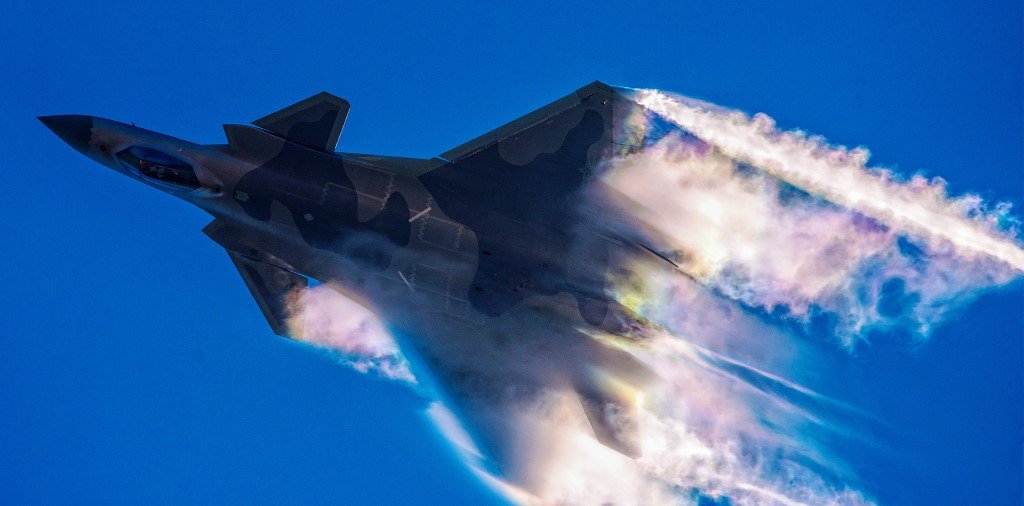
The J-20’s design features include a stealthy profile, advanced avionics and radar systems, and high-performance engines that allow it to achieve supersonic speeds. The aircraft’s engines are believed to be a Chinese-designed version of the Russian AL-31F engine, although there have been reports that China is developing its own indigenous engines for future versions of the J-20.
The J-20’s development has been a significant achievement for China’s aviation industry, as it has allowed China to become one of the few countries in the world with the capability to design and produce advanced stealth fighter aircraft. The J-20 is expected to play a key role in China’s efforts to modernize its military and expand its influence in the Asia-Pacific region.
General Specifications for The Chengdu J-20 Fighter Jet
| Specification | Details |
| Crew | 1 |
| Length | 20.3 meters |
| Wingspan | 12.9 meters |
| Height | 4.45 meters |
| Maximum takeoff weight | 37,000 kg |
| Maximum speed | Mach 2.5+ (3,000+ km/h or 1,900+ mph) |
| Range | 2,000-3,700 km |
| Service ceiling | 20,000 meters |
| Engines | 2 x WS-10B or AL-31FM2 turbofan engines |
| Stealth features | Radar-absorbent materials, reduced infrared signature, and possibly active electronically scanned array (AESA) radar |
| First flight | 2011 |
| Operators | People’s Liberation Army Air Force (China) |
The Chengdu J-20 fighter Jet Armaments
The Chengdu J-20 fighter is designed to carry a variety of air-to-air and air-to-surface missiles, as well as possibly a 30mm cannon. The specific armaments of the J-20 may vary depending on the mission requirements and the specific variant of the aircraft.
- Air-to-air missiles: The J-20 is believed to be capable of carrying a variety of air-to-air missiles, including the PL-10, PL-12, and PL-15 missiles, which are all developed by China. The PL-15 missile is reported to have a range of up to 300 km (186 miles), which would make it one of the longest-range air-to-air missiles in the world.
- Air-to-surface missiles: The J-20 may also be capable of carrying a variety of air-to-surface missiles, including the YJ-12 and KD-88 missiles, which are designed for anti-ship and land-attack missions, respectively.
- Cannon: While there has been little information released about the J-20’s cannon, it is believed that the aircraft may be equipped with a 30mm cannon, which could be used for close-range engagements.

The Chengdu J-20 Fighter Jet Avionics
The Chengdu J-20 fighter jet is equipped with advanced avionics and electronics systems that are designed to provide the pilot with situational awareness and enhance the aircraft’s combat effectiveness.
- Active electronically scanned array (AESA) radar: The J-20 is believed to be equipped with an advanced AESA radar system, which can provide the pilot with detailed information about air and ground targets, and can track multiple targets simultaneously. The radar is also designed to be difficult to detect and jam, which helps to enhance the J-20’s stealth capabilities.
- Electro-optical targeting system (EOTS): The J-20 may also be equipped with an EOTS, which includes a targeting pod that can provide the pilot with high-resolution images and infrared sensing capabilities, allowing the aircraft to engage targets from beyond visual range.
- Infrared search and track (IRST) system: The J-20 is believed to be equipped with an IRST system, which can detect and track targets using their infrared signature, even when the targets are not emitting any radar or radio signals.
- Electronic warfare (EW) systems: The J-20 is likely to be equipped with a range of EW systems, including electronic countermeasures (ECM) and electronic support measures (ESM) systems, which can jam or disrupt enemy communications and radar systems.

Operation History of The Chengdu J-20 Fighter Jet
The Chengdu J-20 fighter officially entered service with the People’s Liberation Army Air Force (PLAAF) in March 2017, although it is believed to have been in development for several years before that. Since then, the J-20 has been deployed on several occasions for training exercises and operational missions.
In November 2018, the PLAAF announced that it had conducted “real combat training” with the J-20, although the specific details of the mission were not disclosed. The PLAAF has also reportedly deployed the J-20 to areas near Taiwan in response to tensions between China and Taiwan.
In addition to its domestic use, the J-20 has also been exported to other countries, although the specific details of these sales have not been publicly disclosed. There have been reports that Pakistan may be interested in purchasing the J-20, although this has not been confirmed.
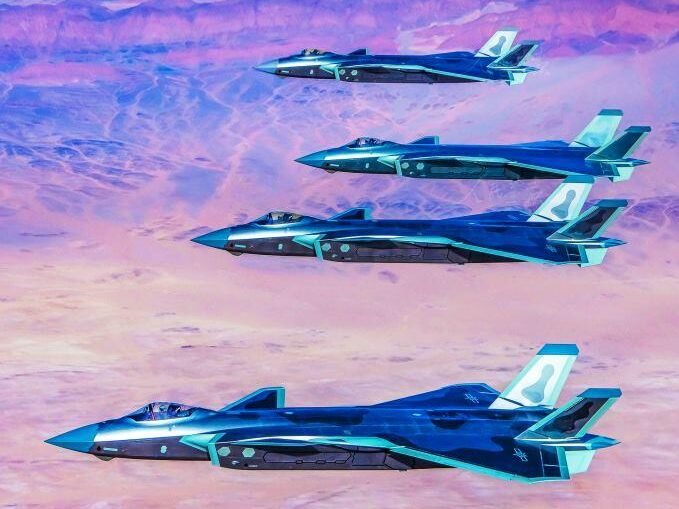
Prototypes of The Chengdu J-20 Fighter Jet
The Chengdu J-20 fighter went through several prototype versions during its development process.
- J-XX technology demonstrator: In the early 2000s, Chengdu Aircraft Industry Group began work on the J-XX technology demonstrator, which was designed to test advanced technologies that would eventually be incorporated into the J-20. The J-XX featured a similar twin-engine, stealthy design to the J-20, but was smaller in size.
- J-20 prototype 2001: The first J-20 prototype, known as 2001, was built in 2011 and made its maiden flight on January 11 of that year. This prototype was primarily used to test the aircraft’s basic flight characteristics.
- J-20 prototype 2002: The second J-20 prototype, known as 2002, was built in 2011 and made its maiden flight on May 16 of that year. This prototype was used to test the aircraft’s flight control and avionics systems.
- J-20 prototype 2011: The third J-20 prototype, known as 2011, was built in 2012 and made its maiden flight on June 5 of that year. This prototype was used to test the aircraft’s radar and electronic warfare systems.
- J-20 prototype 2012: The fourth J-20 prototype, known as 2012, was built in 2013 and made its maiden flight on November 26 of that year. This prototype was used to test the aircraft’s weapons systems, including its ability to carry air-to-air missiles.
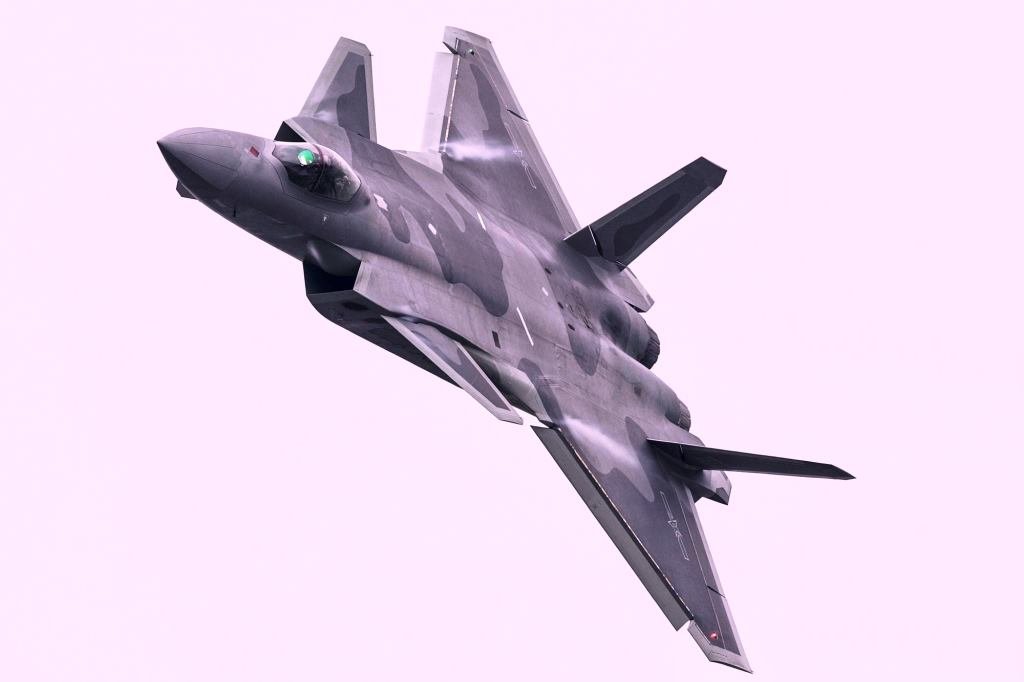
The Chengdu J 20 Fighter Jet:- Variants
- J-20B: This variant is believed to be an upgraded version of the J-20, featuring improved avionics and engines. The J-20B is also rumored to have a modified fuselage and reduced weight, which could enhance its maneuverability and stealth capabilities.
- J-20C: This variant is believed to be a carrier-based version of the J-20, designed to operate from China’s future aircraft carriers. The J-20C would likely have modifications to its landing gear and structural reinforcements to withstand the stresses of carrier operations.
- J-20D: This variant is believed to be a dedicated electronic warfare version of the J-20, featuring advanced jamming and electronic warfare systems. The J-20D would likely have modifications to its avionics and sensors to support its electronic warfare capabilities.
Read More:- SAAB JAS 39 Gripen Fighter Jet and Comparison Between Chengdu J20 vs Dassault Rafale Fighter Jets.

